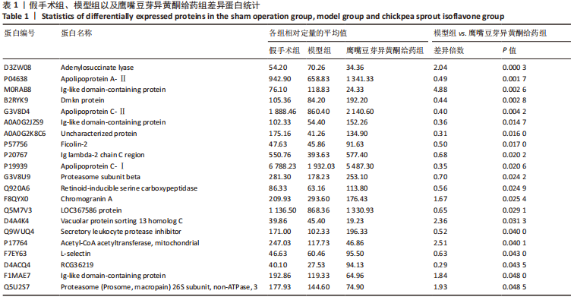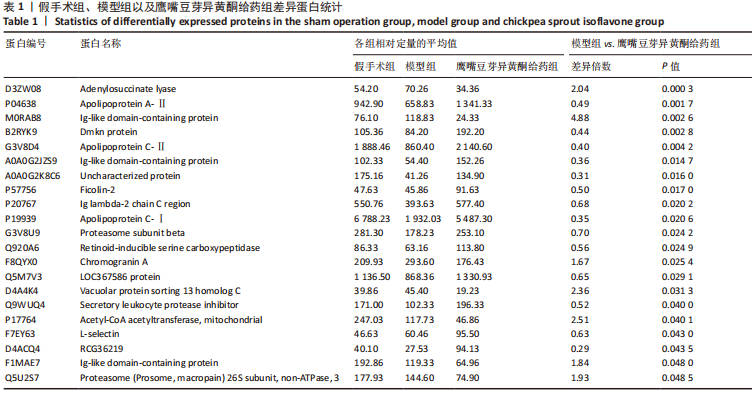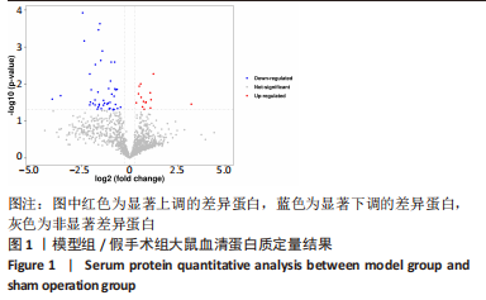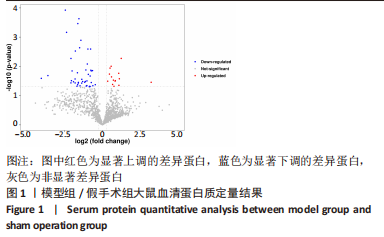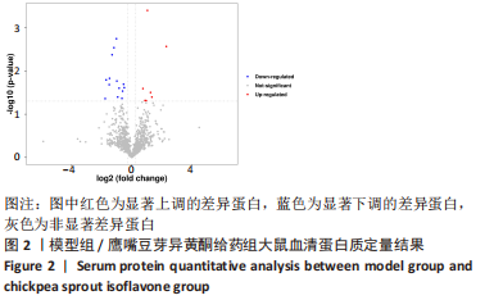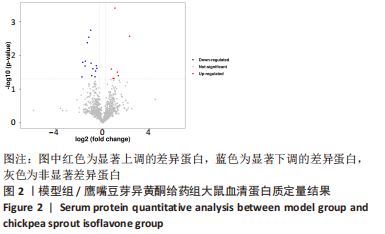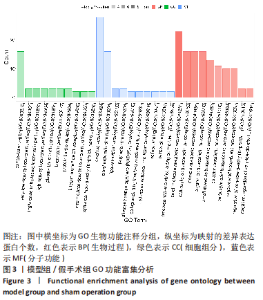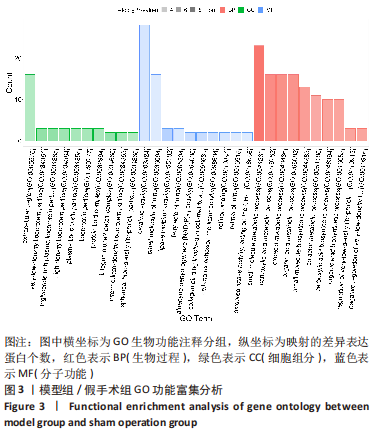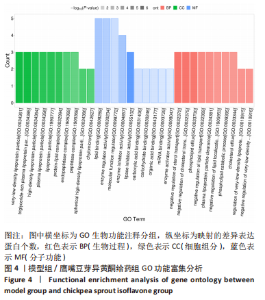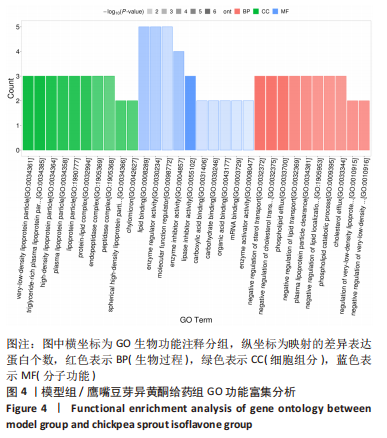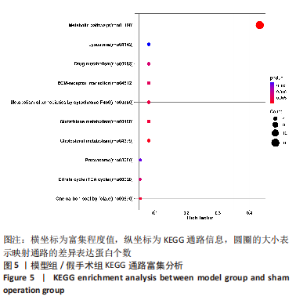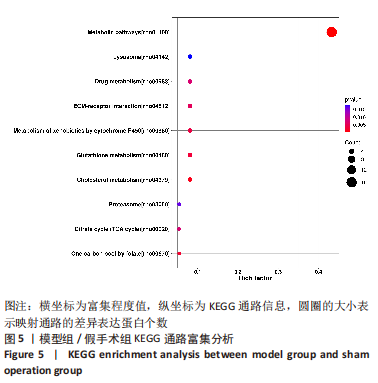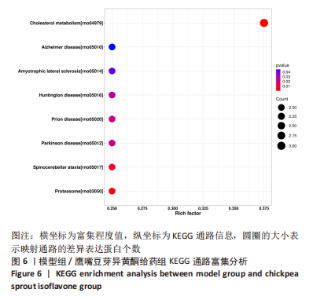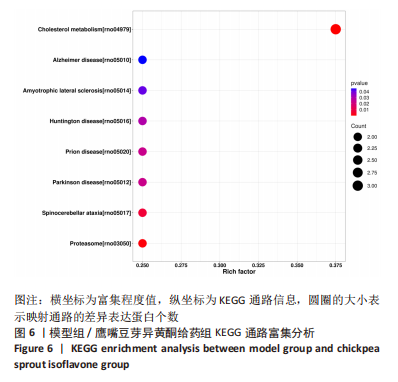[1] 葛继荣, 王和鸣, 郑洪新, 等. 中医药防治原发性骨质疏松症专家共识(2020)[J]. 中国骨质疏松杂志,2020,26(12):1717-1725.
[2] BREUIL V, TICCHIONI M, TESTA J, et al. Immune changes in post-menopausal osteoporosis: the Immunos study. Osteoporos Int. 2010;21(5):805-814.
[3] ZHAO F, GUO L, WANG X, ZHANG Y. Correlation of oxidative stress-related biomarkers with postmenopausal osteoporosis: a systematic review and meta-analysis. Arch Osteoporos. 2021;16(1):4.
[4] TRYNISZEWSKI W, RACIBORSKA I, MAZIARZ Z, et al. Multidirectional assessment of bone structure including radioisotopic analysis in perimenopausal women. Acta Endocrinol (Buchar). 2018;14(4):439-446.
[5] HE J, XU S, ZHANG B, et al. Gut microbiota and metabolite alterations associated with reduced bone mineral density or bone metabolic indexes in postmenopausal osteoporosis. Aging. 2020;12(9):8583-8604.
[6] 马远征, 王以朋, 刘强, 等. 中国老年骨质疏松症诊疗指南(2018)[J]. 中国骨质疏松杂志,2018,24(12):1541-1567.
[7] BONACCORSI G, RIZZATI M, SALANI L, et al. Postmenopausal osteoporosis: risk evaluation and treatment options. Minerva Obstet Gynecol. 2021; 73(6):714-729.
[8] 朱洁云, 高敏, 宋秋韵, 等. 中国老年人骨质疏松症患病率的Meta分析[J]. 中国全科医学,2022,25(3):346-353.
[9] 张光云, 段小花, 陈普. 藏蒙维医药治疗骨质疏松症的研究概况[J]. 中国民族民间医药,2019,28(16):63-66.
[10] WANG J, LI Y, LI A, et al. Nutritional constituent and health benefits of chickpea (Cicer arietinum L.): A review. Food Res Int. 2021;150(PA):110790-110790.
[11] 库尔班·尼扎米丁, 玉山江·吐尼亚孜. 农牧区食饲兼用保健作物鹰嘴豆及其栽培技术[J]. 新疆畜牧业,2022,37(1):42-45.
[12] GRASSO N, LYNCH NL, ARENDT EK, et al. Chickpea protein ingredients: A review of composition, functionality, and applications. Compr Rev Food Sci Food Saf. 2021;21(1):435-452.
[13] Quintero-Soto MF, Chávez-Ontiveros J, Garzón-Tiznado JA, et al. Characterization of peptides with antioxidant activity and antidiabetic potential obtained from chickpea (Cicer arietinum L.) protein hydrolyzates. J Food Sci. 2021;86(7):2962-2977.
[14] de Camargo AC, Favero BT, Morzelle MC, et al. Is Chickpea a Potential Substitute for Soybean? Phenolic Bioactives and Potential Health Benefits. Int J Mol Sci. 2019;20(11):2644-2644.
[15] HAIRONG M, HUABO W, ZHEN C, et al. The estrogenic activity of isoflavones extracted from chickpea Cicer arietinum L sprouts in vitro. Phytother Res. 2013;27(8):1237-1242.
[16] Ma HR, Wang J, Qi HX, et al. Assessment of the estrogenic activities of chickpea (Cicer arietinum L) sprout isoflavone extract in ovariectomized rats. Acta Pharmacol Sin. 2013;34(3):380-386.
[17] SUHRE K, MCCARTHY M I, SCHWENK J M. Genetics meets proteomics: perspectives for large population-based studies. Nat Rev Genet. 2021;22(1): 19-37.
[18] GUÉRIT D, MARIE P, MOREL A, et al. Primary myeloid cell proteomics and transcriptomics: importance of β-tubulin isotypes for osteoclast function. J Cell Sci. 2020;133(10):jcs239772.
[19] 苗明三, 田硕, 辛卫云, 等. 围绝经期综合征动物模型制备规范(草案)[J]. 中华中医药杂志,2018,33(3):996-1000.
[20] ISHIMI Y, MIYAURA C, OHMURA M, et al. Selective effects of genistein, a soybean isoflavone, on B-lymphopoiesis and bone loss caused by estrogen deficiency. Endocrinology. 1999;140(4):1893-1900.
[21] HA H, LEE HY, LEE J, et al. Formononetin prevents ovariectomy-induced bone loss in rats. Arch Pharm Res. 2010;33(4):625-632.
[22] FLOREA G, TUDORACHE IF, FUIOR EV, et al. Apolipoprotein A-II, a Player in Multiple Processes and Diseases. Biomedicines. 2022;10(7):1578-1578.
[23] SAKURAI T, SAKURAI A, VAISMAN BL, et al. Creation of Apolipoprotein C-II (ApoC-II) Mutant Mice and Correction of Their Hypertriglyceridemia with an ApoC-II Mimetic Peptide. J Pharmacol Exp Ther. 2016;356(2):341-353.
[24] KEI AA, FILIPPATOS TD, TSIMIHODIMOS V, et al. A review of the role of apolipoprotein C-II in lipoprotein metabolism and cardiovascular disease. Metabolism. 2012;61(7):906-921.
[25] 张彤, 李万根. 高甘油三酯及非诺贝特处理对老年雌性大鼠骨密度的影响[J]. 中国骨质疏松杂志,2012,18(7):653-655.
[26] CHANG P, GOLD EB, CAULEY JA, et al. Triglyceride Levels and Fracture Risk in Midlife Women: Study of Women’s Health Across the Nation (SWAN). J Clin Endocrinol Metab. 2016;101(9):3297-3305.
[27] NUGTEREN S, SAMSOM JN. Secretory Leukocyte Protease Inhibitor (SLPI) in mucosal tissues: Protects against inflammation, but promotes cancer. Cytokine Growth Factor Rev. 2021;59:22-35.
[28] BI Y, NIELSEN KL, KILTS TM, et al. Biglycan deficiency increases osteoclast differentiation and activity due to defective osteoblasts. Bone. 2006;38(6): 778-786.
[29] JIANG Y, ZHANG P, ZHANG X, et al. Advances in mesenchymal stem cell transplantation for the treatment of osteoporosis. Cell Prolif. 2020;54(1): e12956-e12956.
[30] 张雅楠. 26S蛋白酶体膜定位的机制及功能研究[D]. 杭州:浙江大学, 2021.
[31] JI L, JIANG B, JIANG X, et al. The SIAH E3 ubiquitin ligases promote Wnt/β-catenin signaling through mediating Wnt-induced Axin degradation. Genes Dev. 2017;31(9):904-915.
[32] SHIVANNA S, HARROLD I, SHASHAR M, et al. The c-Cbl ubiquitin ligase regulates nuclear β-catenin and angiogenesis by its tyrosine phosphorylation mediated through the Wnt signaling pathway. J Biol Chem. 2015;290(20):12537-12546.
[33] ROSSINI M, GATTI D, ADAMI S. Involvement of WNT/β-catenin signaling in the treatment of osteoporosis. Calcif Tissue Int. 2013;93(2):121-132.
[34] ZHANG F, ATTARILAR S, XIE K, et al. Carfilzomib alleviated osteoporosis by targeting PSME1/2 to activate Wnt/β-catenin signaling. Mol Cell Endocrinol. 2022;540:111520-111520.
[35] YU AX, XU ML, YAO P, et al. Corylin, a flavonoid derived from Psoralea Fructus, induces osteoblastic differentiation via estrogen and Wnt/β-catenin signaling pathways. FASEB J. 2020;34(3):4311-4328.
[36] LIANG HD, YU F, LV P, et al. Role of Sost in Wnt signal pathway in osteoporosis rats and regulating effect of soybean isoflavones on Wnt signal pathway. Mol Biol Rep. 2014;41(7):4447-4454.
[37] CORTI A, FERRERO E. Chromogranin A and the endothelial barrier function. Curr Med Chem. 2012;19(24):4051-4058.
[38] Rao SS, Hu Y, Xie PL, et al. Omentin-1 prevents inflammation-induced osteoporosis by downregulating the pro-inflammatory cytokines. Bone Res. 2018;6:9.
[39] LI H, XIAO Z, QUARLES LD, et al. Osteoporosis: Mechanism, Molecular Target, and Current Status on Drug Development. Curr Med Chem. 2021; 28(8):1489-1507. |
